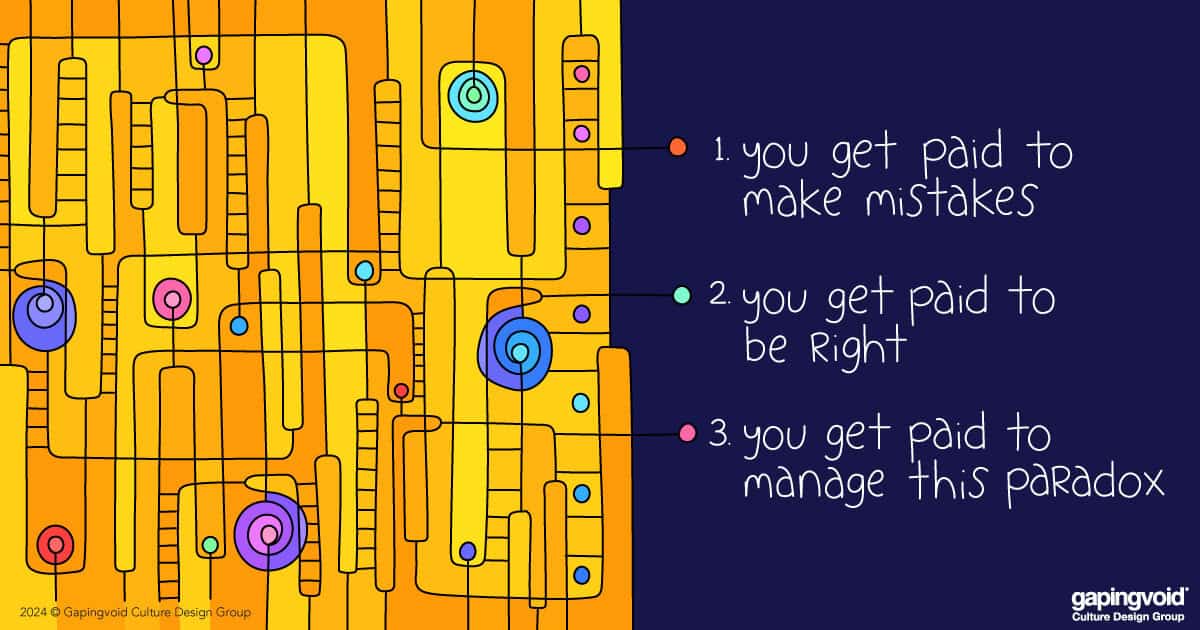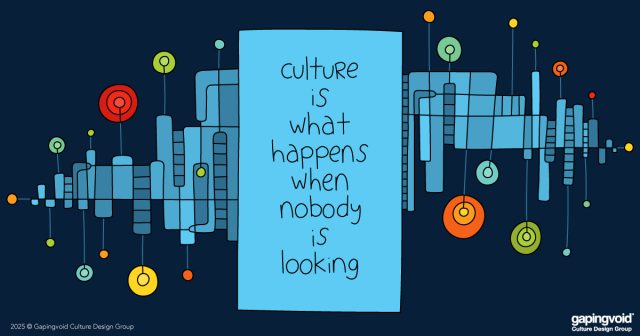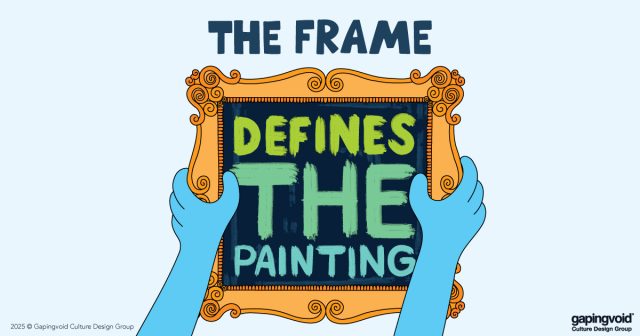
There is a famous scene in the 2023 movie, “Barbie”, where Gloria (America Ferrera) gives a passionate speech about all the paradoxes of being a woman in modern society.
“You have to be thin, but not too thin. And you can never say you want to be thin. You have to say you want to be healthy, but also you have to be thin. You have to have money, but you can’t ask for money because that’s crass. You have to be a boss, but you can’t be mean…”
You get the idea. The scene definitely hit a nerve. Ferrera was even nominated for an Oscar. Great stuff.
Of course, this is not just about being a woman. This is part of the human condition. While disparities among groups abound, men, too, have to manage their own paradoxes. The archetypal male ideal is supposed to work hard, but still have time for their families. They’re supposed to be strong, but also have a soft side. They’re supposed to be civilized and cultured, but know how to apply violence when required. Like women, contradictions abound.
And businesses are no different. They’re supposed to be good value, but also high quality, with first class service.
Or employees. You’re expected to be world-class good at your job, but also be happy for less than ideal working environments.
None of this is personal. Everybody wants everything with a cherry on top. You do, we do, they all do. We’re all guilty as charged.
Luckily there is a solution to this paradox, or at least, a way to cut through the Gordian Knot.
Any designer, from the intern spending her first summer in Manhattan working for a magazine, to famous masters like Saul Bass or Jony Ive will have become familiar with a key idea from Day One:
“DESIGN IS COMPROMISE”
When you design something, it’s not about being a genius, waiting for the muse to suddenly appear, and then cashing the check.
Design is about figuring out the necessary tradeoffs between a plethora of competing interests- costs, materials, technology, time allotted, people, politics, aesthetics, taste, fashion, functionality, feasibility, etc, in order to solve the client’s problem at hand.
This is true whether you are designing a handbag, a motor car, a logo…
…or your organization’s culture.
Every business comes with its own unique paradoxes. It’s the leader’s job to design the right culture to accommodate them, which means understanding the necessary compromises, understanding the actual raison d’etre for the company to exist, and being able to get people fired up about it even if it requires sacrifices.
If we do that, Barbie would be proud.



